NASA James Webb Space Telescope captures 1st-ever direct image of planet; not what you expected? Check details
NASA's James Webb Space Telescope captures 1st-ever direct image of a planet (HIP 65426 b) outside our solar system. Here is all you need to know.
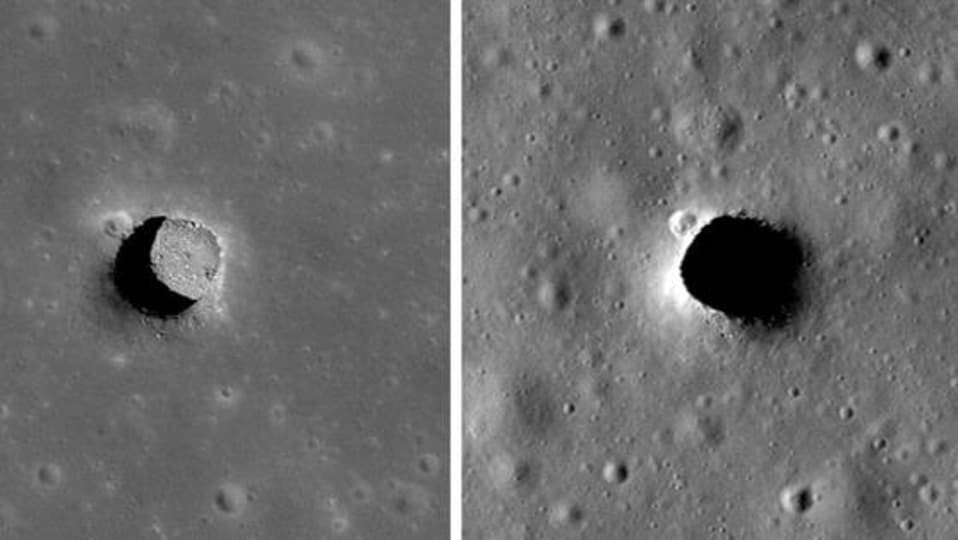
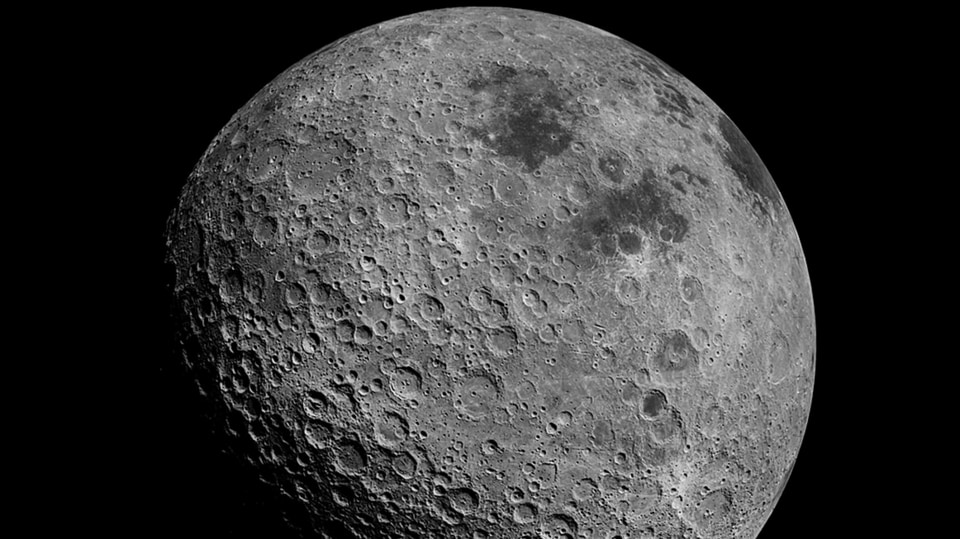
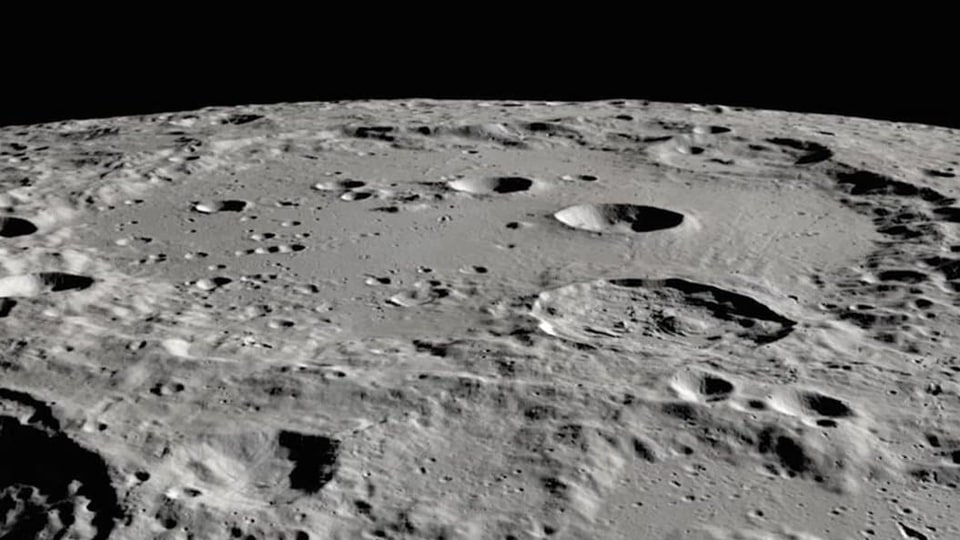
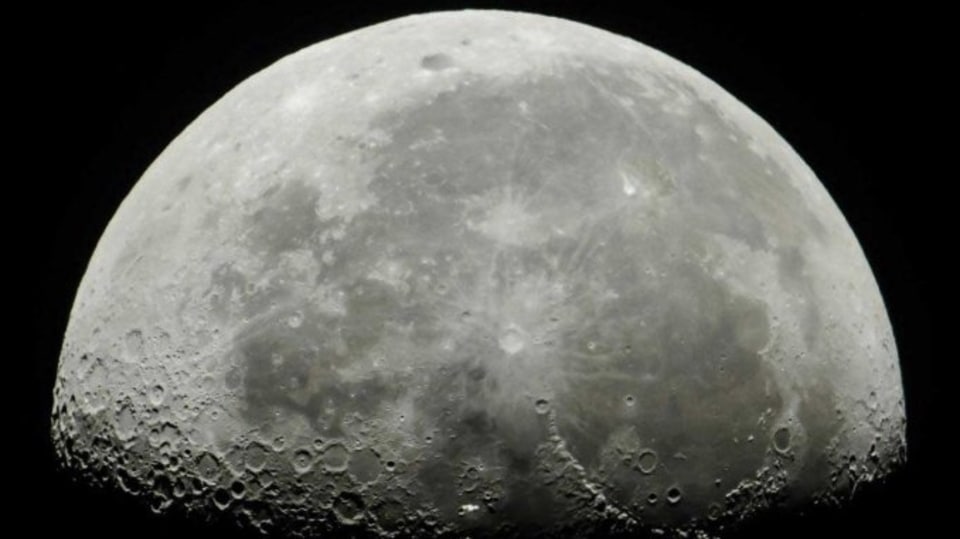
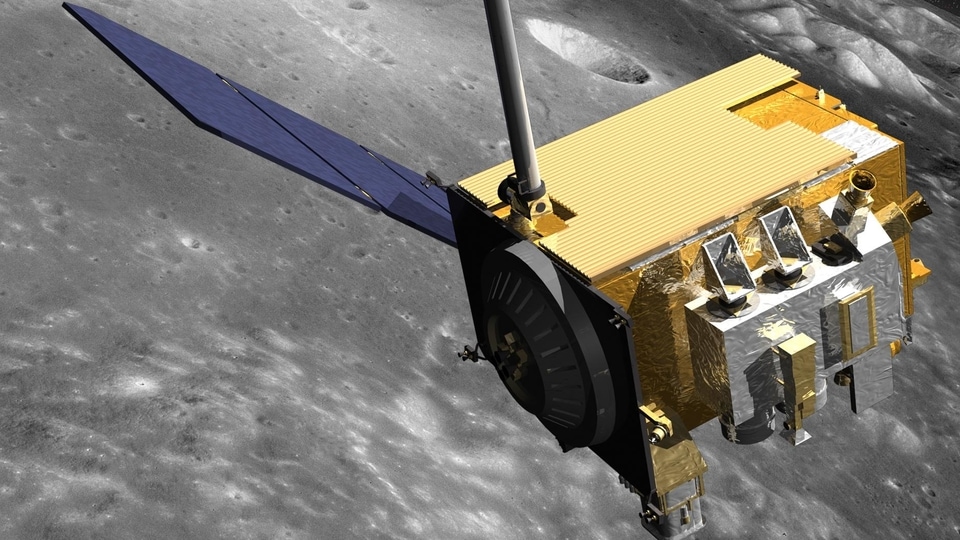

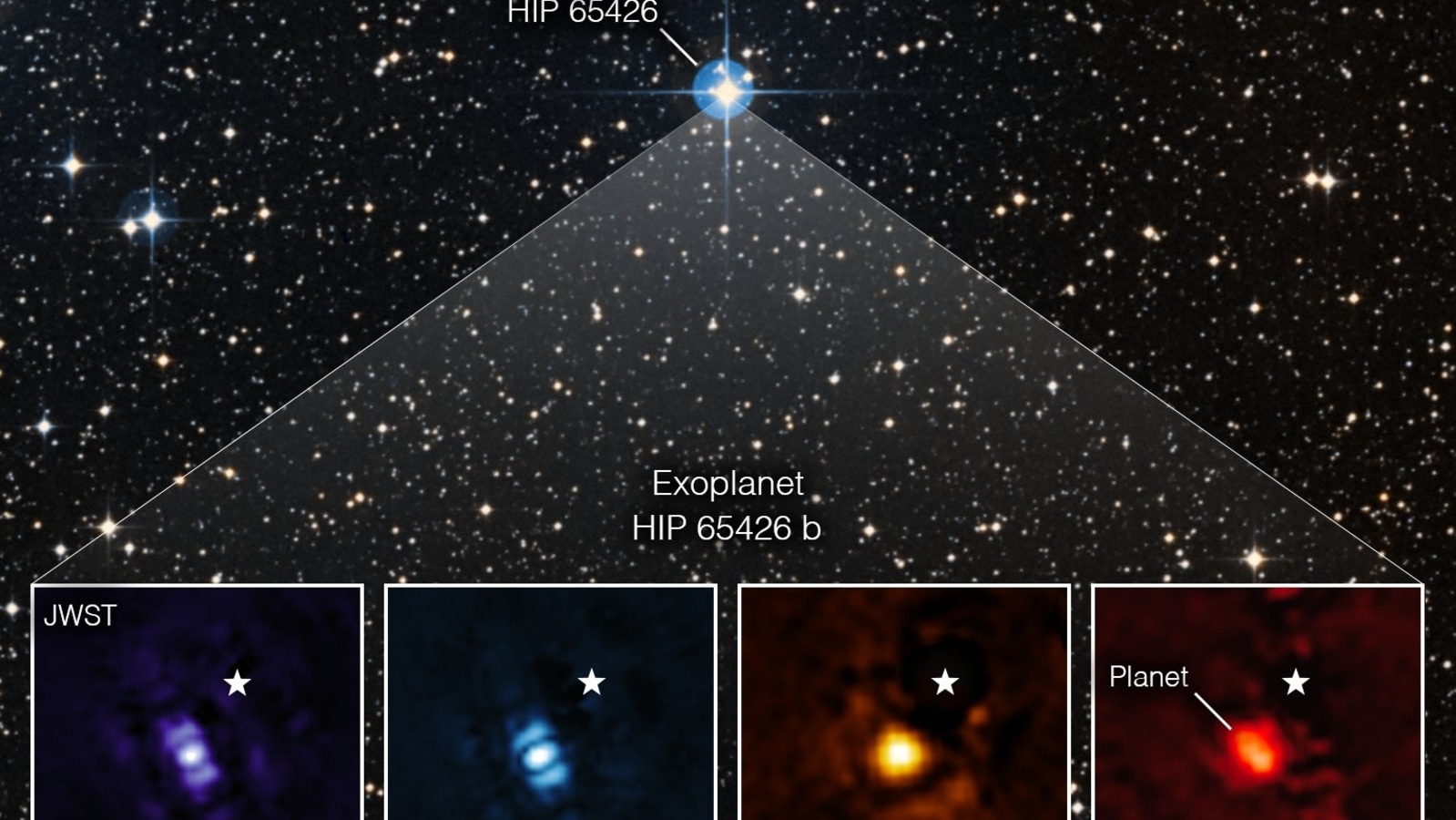
 View all Images
View all ImagesNASA's James Webb Space Telescope has for the first time captured a direct image of a planet outside of our solar system. It can be known that the exoplanet is a gas giant, meaning it has no rocky surface and could not be habitable. Informing about the same, "Webb Telescope tweeted, "Talk about out of this world! This is Webb's first direct image of a planet outside of our solar system, and it hints at Webb's future possibilities for studying distant worlds: https://go.nasa.gov/3KGJ9OU Not what you expected? Let's walk through the details."
Talk about out of this world! This is Webb's first direct image of a planet outside of our solar system, and it hints at Webb's future possibilities for studying distant worlds: https://t.co/ITcl6RItLa
— NASA Webb Telescope (@NASAWebb) September 1, 2022
Not what you expected? Let's walk through the details👇 pic.twitter.com/bCgzW0dcUE
According to the information provided, the gas giant named HIP 65426 b is about 6-12 times the mass of Jupiter. It is young as planets go- about 15 to 20 million years old, compared to our 4.5 billion year old Earth. "The image, as seen through four different light filters, shows how Webb's powerful infrared gaze can easily capture worlds beyond our solar system, pointing the way to future observations that will reveal more information than ever before about exoplanets," NASA said in a blog post.
Each of Webb's 4 views is at a different wavelength of infrared light. The white star is the location of the host star. Its light is blocked by Webb's coronagraphs, or tiny masks. The bar shapes in the NIRCam views are artifacts of the telescope optics, not physical objects.
Astronomers discovered the planet in 2017 using the SPHERE instrument on the European Southern Observatory's Very Large Telescope in Chile and took images of it using short infrared wavelengths of light. Webb's view, at longer infrared wavelengths, reveals new details that ground-based telescopes would not be able to detect because of the intrinsic infrared glow of Earth's atmosphere.
"Researchers have been analyzing the data from these observations and are preparing a paper they will submit to journals for peer review. But Webb's first capture of an exoplanet already hints at future possibilities for studying distant worlds," the blog post read.
Also, since HIP 65426 b is about 100 times farther from its host star than Earth is from the Sun, it is sufficiently distant from the star that Webb can easily separate the planet from the star in the image. Taking direct images of exoplanets is challenging because stars are so much brighter than planets. The HIP 65426 b planet is more than 10,000 times fainter than its host star in the near-infrared, and a few thousand times fainter in the mid-infrared.
In each filter image, the planet appears as a slightly differently shaped blob of light. That is because of the particulars of Webb's optical system and how it translates light through the different optics.
Catch all the Latest Tech News, Mobile News, Laptop News, Gaming news, Wearables News , How To News, also keep up with us on Whatsapp channel,Twitter, Facebook, Google News, and Instagram. For our latest videos, subscribe to our YouTube channel.





























